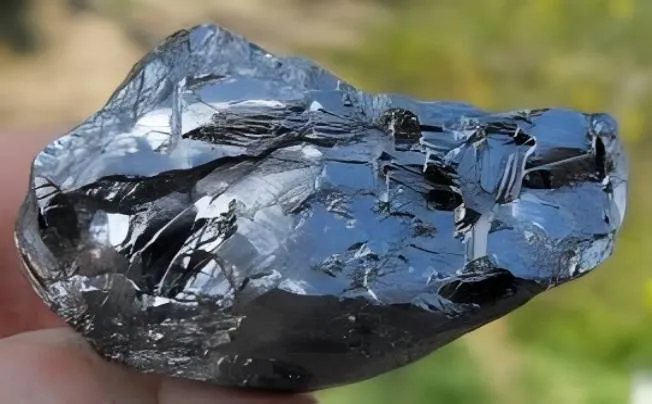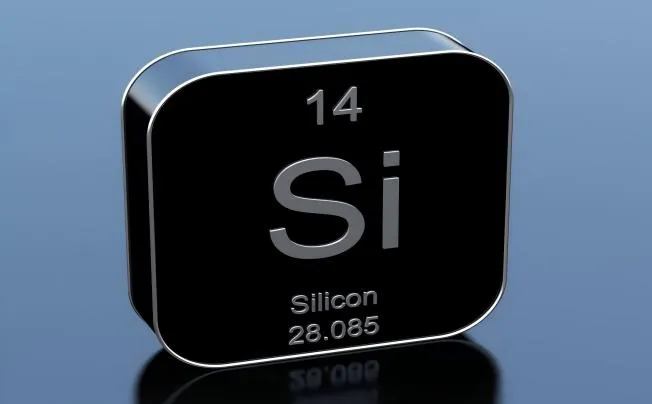
Silicon and silica metals are two elemental entities that often share a place in discussions surrounding industrial applications, technological advancements, and natural occurrence…
Learn more
Silicon metal, a lustrous and versatile element, is vital in the realm of industrial materials. Recognized for its exceptional properties, it serves as the building block for a myr…
Learn more
Silicon metal, a lustrous and brittle element found in abundance in the Earth's crust, is a fundamental component in the realm of metallurgy. Its atomic structure and unique proper…
Learn more
Silicon, a crystalline solid with atomic number 14, is a versatile and abundant chemical element in Earth's crust. It holds the unique position of being a metalloid, sharing proper…
Learn more
Silicon, a non-metallic chemical element with the atomic number 14, is paramount in the periodic table for its remarkable versatility.
Learn more
Silicon, symbolized by the atomic number 14 in the periodic table, is a fascinating chemical element that holds an essential place in modern science and technology.
Learn more
Silicon, a versatile and abundant element, is crucial in the modern technological landscape. As the second most abundant element in the Earth's crust after oxygen, silicon is widel…
Learn more
Metalloids, often referred to as semimetals, form a fascinating group of elements that exhibit properties intermediate between metals and nonmetals. Situated on the periodic table …
Learn more
Metalloids, often referred to as semimetals, are a unique group of elements that exhibit properties of both metals and non-metals. This intriguing category occupies a crucial space…
Learn more
Silicon, denoted by the atomic number 14 and symbol Si, is a remarkable chemical element that holds a pivotal role in the realms of science, industry, and technology. Known for its…
Learn more